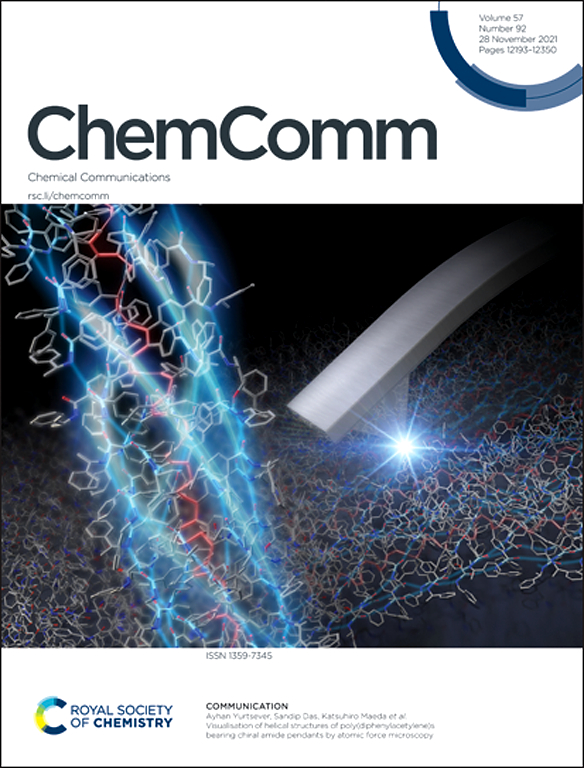CO2 capture by anion-functionalized deep eutectic solvents: the effect of steric hindrance of –OH groups
IF 4.3
2区 化学
Q2 CHEMISTRY, MULTIDISCIPLINARY
引用次数: 0
Abstract
Herein, the ionic liquid N,N-diethyl-N-methyl-N-(2-methoxyethyl)ammonium 1,2,3-triazolide ([MOEN221][Tz]) and ethylene glycol (EG) or pinacol (PIN) are used to form deep eutectic solvents (DESs) for CO2 capture. Surprisingly, the capacity of [MOEN221][Tz]-EG DESs (~0.76 mol CO2/mol DESs) is more than twice that of [MOEN221][Tz]-PIN DESs (~ 0.30 mol CO2/mol DESs) at the same conditions. However, the capacity of [MOEN221][Tz]–PIN DESs (~ 0.30 mol CO2/mol DESs) is much lower than that of [MOEN221][Tz]–EG DESs. The capacity of the ternary DESs [MOEN221][Tz]-PIN-EG is also much higher than that of binary DESs [MOEN221][Tz]-PIN. NMR, FTIR and theoretical calculation results disclose that these unexpected CO2 absorption behaviors may depend on the strength of hydrogen bonds between the anion [Tz]– and alcohols used, which is mainly governed by the steric hindrance of –OH groups. Furthermore, in the ternary DESs, CO2 is attached to the –OH of EG, not the –OH of PIN, revealing that the steric effects can also impact carbon capture mechanisms.求助全文
约1分钟内获得全文
求助全文
来源期刊

Chemical Communications
化学-化学综合
CiteScore
8.60
自引率
4.10%
发文量
2705
审稿时长
1.4 months
期刊介绍:
ChemComm (Chemical Communications) is renowned as the fastest publisher of articles providing information on new avenues of research, drawn from all the world''s major areas of chemical research.
 求助内容:
求助内容: 应助结果提醒方式:
应助结果提醒方式:


